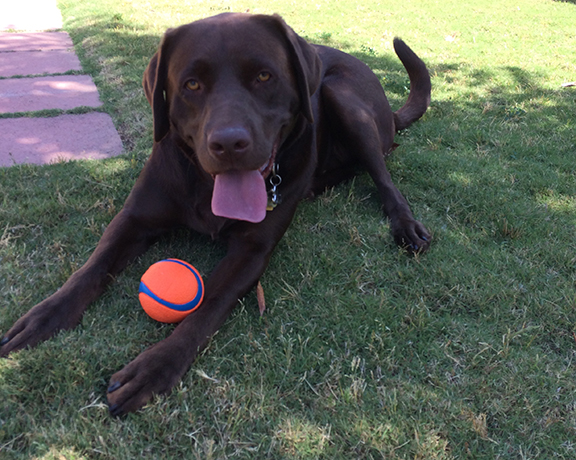Over the weekend, I received a question about whether I teach basic obedience classes. In recent years, basic obedience has shifted focus from just teaching commands to developing practical skills and behaviors dogs use every day. Traditionally, commands like sit, stay, down, and heel defined basic obedience training. Today, positive reinforcement training emphasizes skills like settling on a mat and watching the handler, which are far more useful in real-world settings than simply following preprogrammed commands.
Modern dog training encourages dogs to make good choices independently instead of waiting for constant cues or commands. This approach also builds environmental cues, such as a knock at the door signaling the dog to go to their mat or seeing food in the kitchen reminding the dog to lie down and avoid counter surfing. While these are still the same core behaviors, they come with added layers of impulse control, self-calming, and learning that being near their owner is the safest, best place.
What are my 5 Basic skills? For me, impulse control and self calming are high priorities. Here’s my list:
- 1. Impulse Control
- 2. Self Calm / Settle
- 3. Pay Attention
- 4. Recall or coming when called
- 5. When in doubt – Check-In with a human
Of these, only recall is typically taught in traditional obedience classes. Many of these behaviors require building trust and a strong bond between dog and owner. There is a balance between teaching dogs to think for themselves and knowing when to look to their human for guidance, and this check-in behavior should be among the first lessons.
As Dr. Susan Friedman, a renowned psychology professor, explains, trust in animals means they confidently approach opportunities for interaction because they expect good outcomes. Trusting dogs create chances to engage with their handlers rather than avoid them. The same goes for people; trusting owners seek out positive interaction with their dogs.
Trust: What does it look like?
A useful way to operationalize trust is a level of certainty that interaction will result
in good outcomes and so interaction increases. Trusting animals use their behavior
to confidently approach, rather than escape, opportunities to interact with people.
They not only accept invitations to interact with their trainers, trusting animals
create interaction opportunities for their trainers as well.
http://behaviorworks.org/files/articles/The%20Power%20of%20Trust.pdf
The flip side would be rewritten as, “Trusting people use their behavior to confidently approach, rather than escape, opportunities to interact with dogs. They not only accept invitations to interact with their animals, trusting humans create interaction opportunities for their dogs as well.”
Dogs instinctively know what feels safe or unsafe. When starting basic obedience, dog owners need to decide which category they want to be in. From there, teaching proper behavior in different environments involves imagining the ideal behavior, creating a clear training plan, and staying consistent with communication and positive reinforcement.
For example, do you want your dog to lie down calmly in the kitchen while you cook? Identifying a specific spot like a mat can help your dog understand where to be. Practicing this a few times a day builds strong habits for both of you, turning training into a natural part of daily life.
Basic obedience training benefits both ends of the leash. Positive habits reduce frustration for owners and confusion for dogs. Owners gain effective tools to manage and teach, while dogs get a clear framework for learning, communication, and safe exploration. It does not matter if you are teaching sit or a more advanced behavior like fetching a tissue, what truly matters is the communication and relationship you build during training.
What do you consider the five basic skills every dog should learn?

